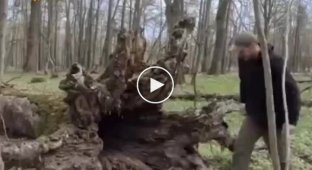Inventory of a shaman-jeweler from Stonehenge, who lived 4000 years ago (10 photos)
About 4000 years ago, next to the famous Stonehenge were two people were buried, whose grave goods were described as "shaman costume" when they were discovered in the early 19th century. 
In addition, stone tools were found in the burial, and their recent analysis shows that there are traces of gold on their surface, which clearly indicates that they were used to make products from this precious metal. 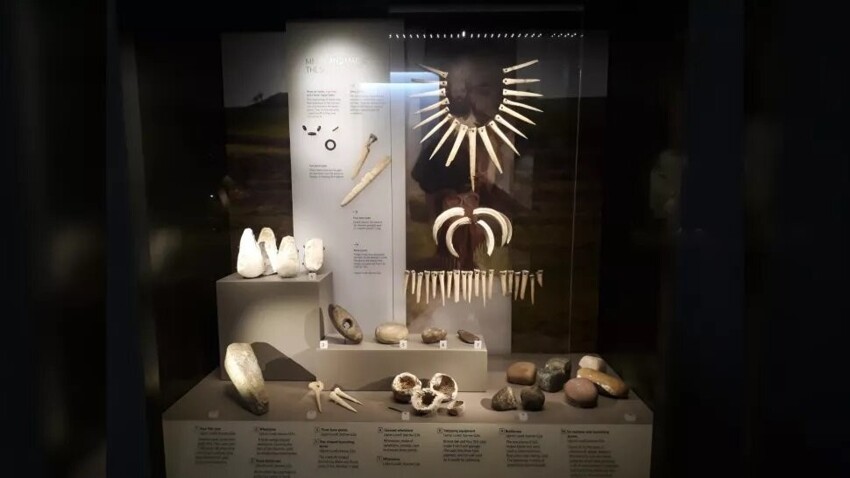
Funerary goods from the barrow, found in 1801. Wiltshire Museum.
In 1801, archaeologists led by William Cunnington discovered many artifacts of the Bronze Age, including stone tools, in a barrow about 1800 BC. e. close to Stonehenge. 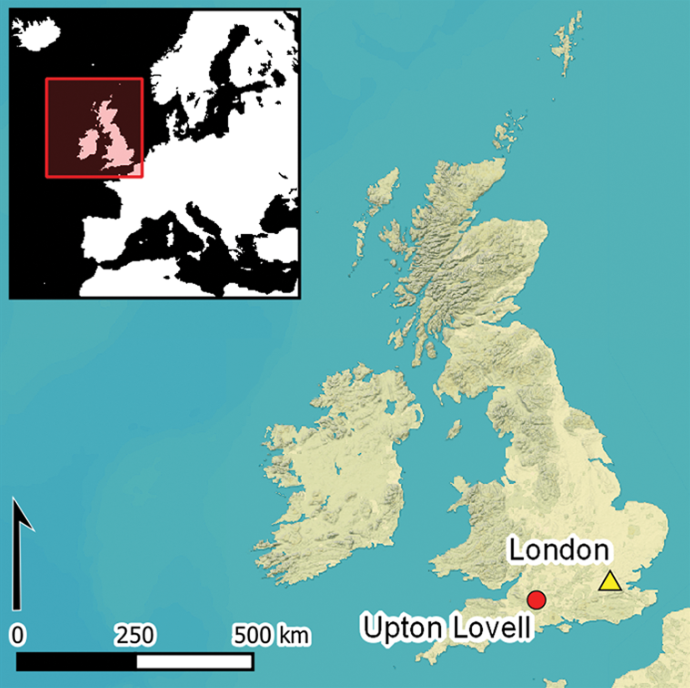
Map of Great Britain with the location of the burial.
The burial includes flint axes, a necklace of beads from polished stone, dozens of bone points, fragments of clothing and other products. Collection now on display at the Wiltshire Museum in the city of Devizes, interpreted as the grave goods of a shaman or holy man. 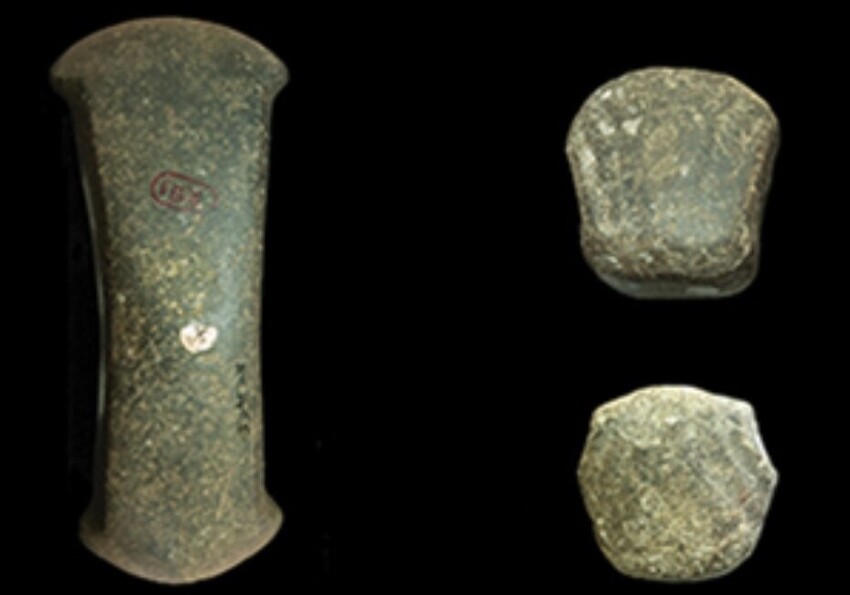
Stone tools from the grave.
The gender of the two people buried in the mound was never identified, but in 1801 they were interpreted as a shaman and his wife.
Researchers found traces of gold on stone tools in time to reanalyze artifacts using scanning electron microscope and X-ray spectrometer to check presence of any residues and determination of their chemical composition. 
Traces of gold on the surface of one of the stone tools.
The study confirmed that traces of gold on the instruments are prehistoric and that they have the same impurities as other sources of gold used in Bronze Age Britain. 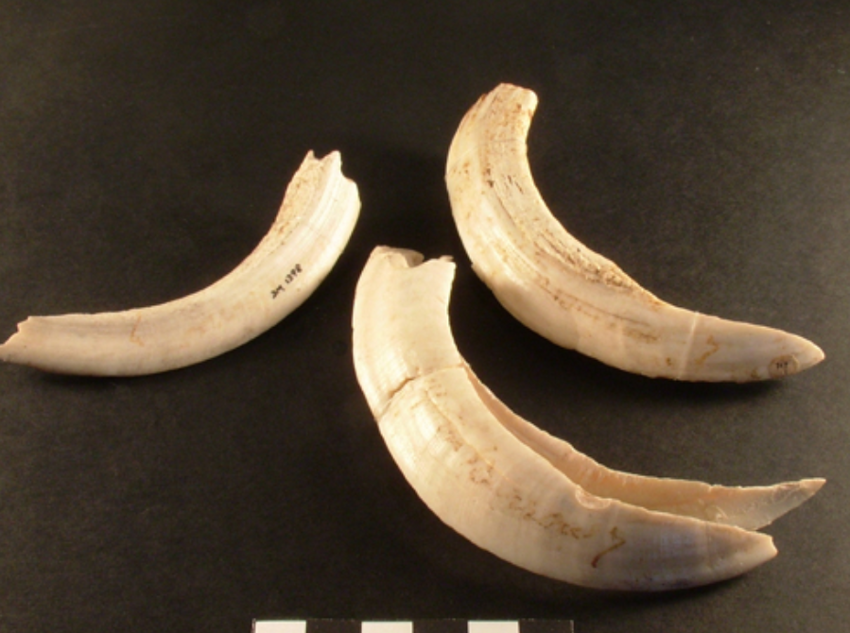
Boar teeth from a burial. Wiltshire Museum.
The wear and tear of stone tools also shows that they used to shape gold and many other materials, such as amber, wood, copper and jet - fine-grained semi-precious form of coal. 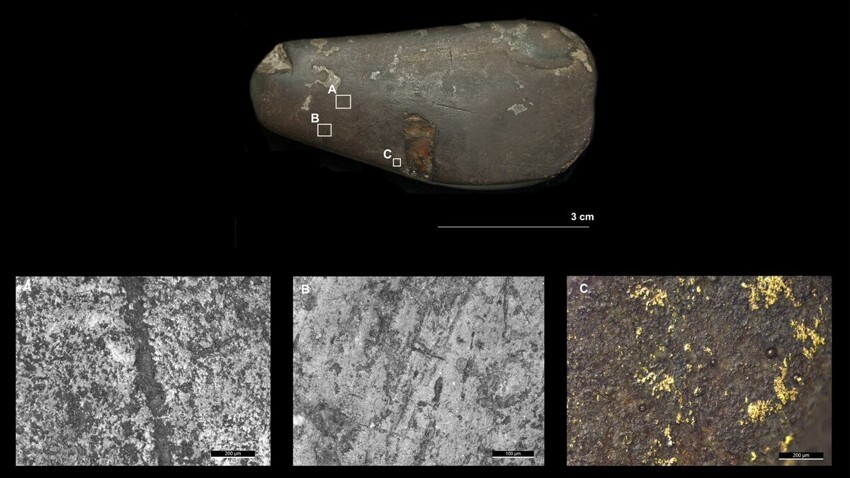
Traces of gold on the surface of one of the stone tools.
The mound in which the tools were found is just a few kilometers from another mound of about the same age, known as the "Golden Mound", which was excavated for several years after the "shamanic" burial. 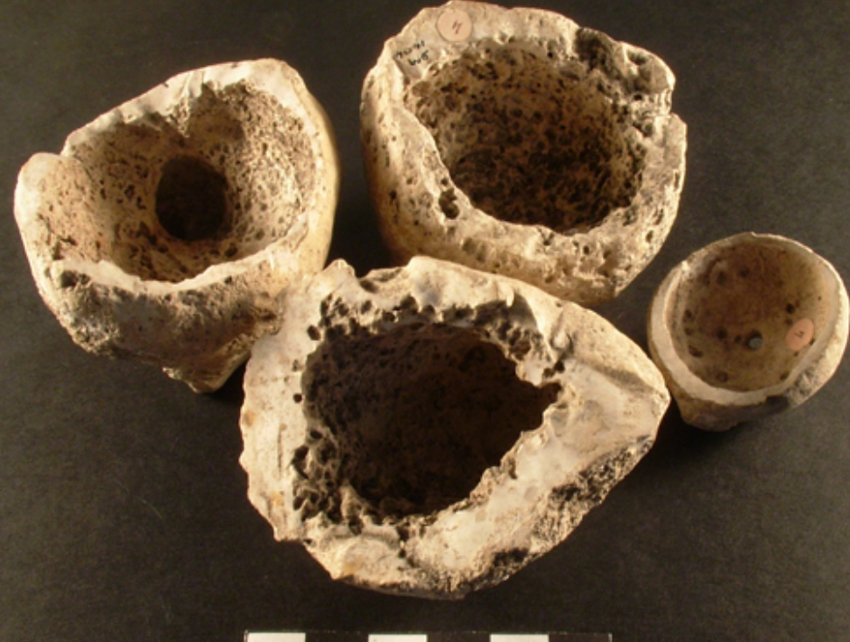
Fossil sponge bowls found in a shaman's burial. Wiltshire Museum.
Both burial mounds are among many prehistoric graves found a few kilometers from Stonehenge, which confirms the idea of researchers that the entire area around Stonehenge served as a prehistoric necropolis for thousands of years. 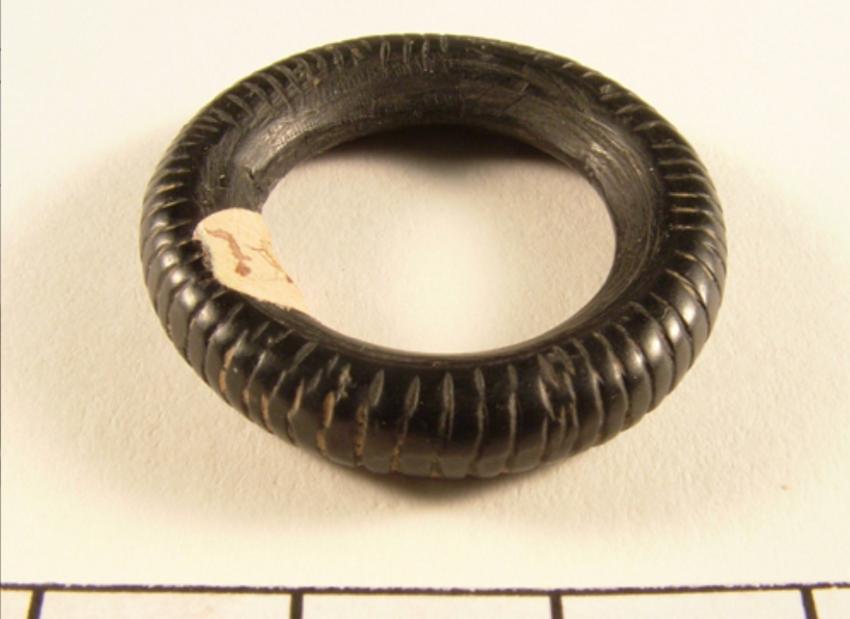
A grooved slate ring found in a shaman's burial. Wiltshire Museum.
In the Golden Mound were the remains of one person, who was buried with several gold ornaments and other valuable items, including a necklace of over 1,000 amber beads. 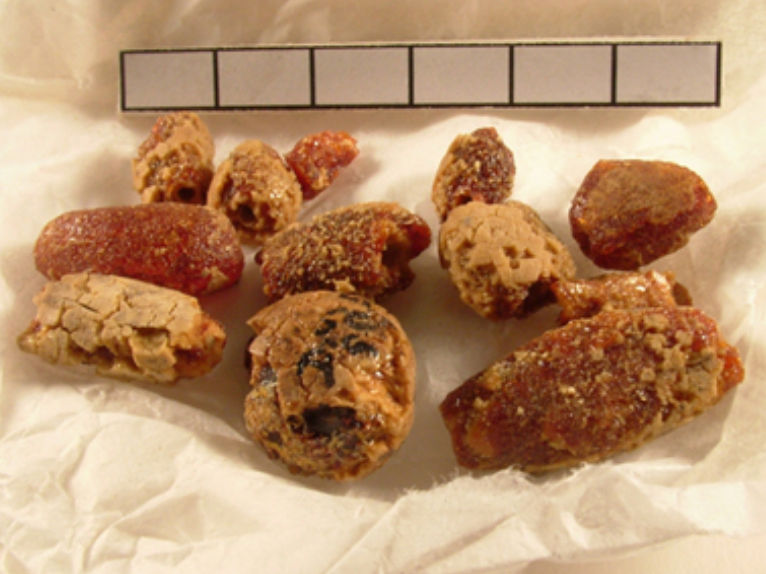
Amber beads from the Golden Mound.
Scientists continue to study the found tools for new details. For example, researchers want to find out whether whether traces of gold on shamanic instruments are gold objects from the Golden mound, and, in addition, they hope that further analysis will determine their geographic origin.


















